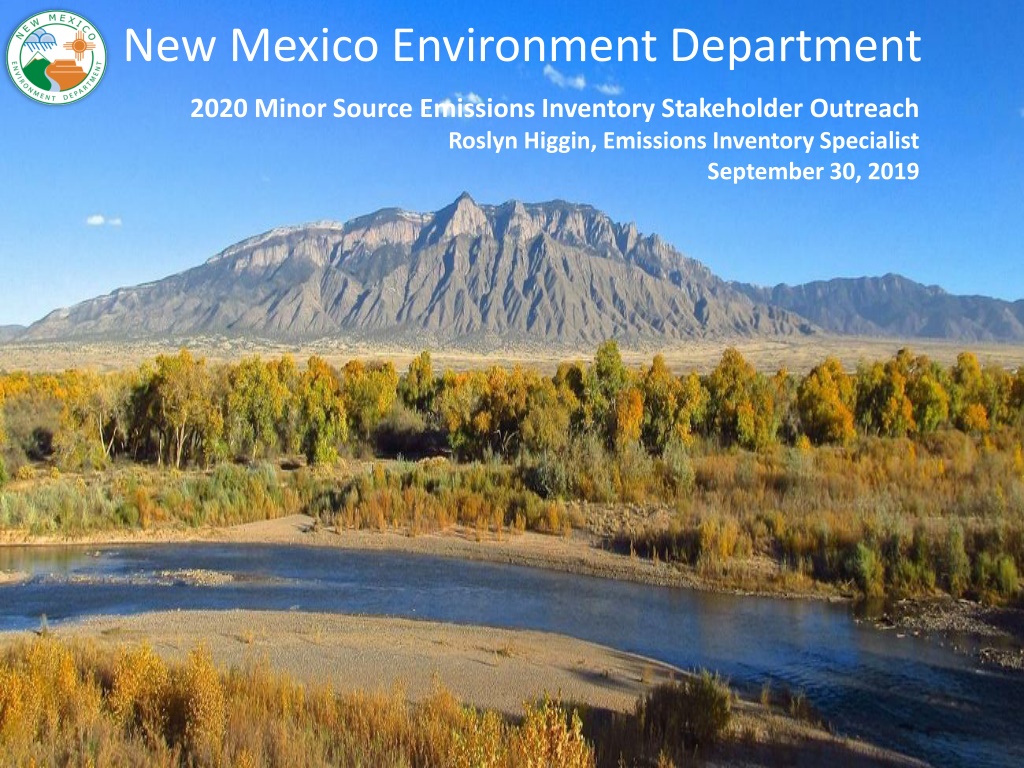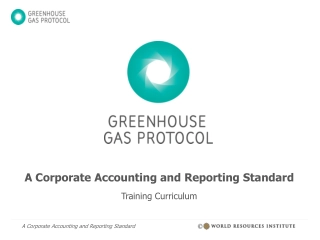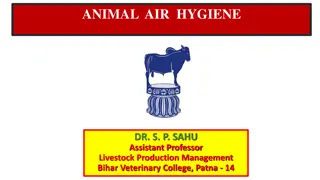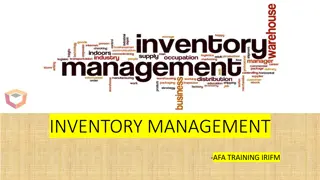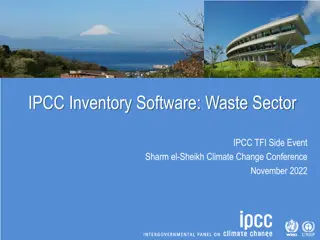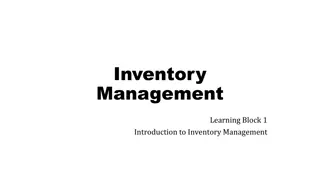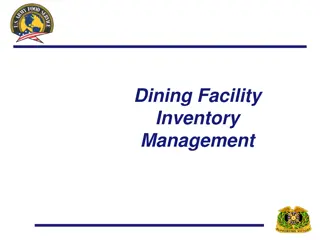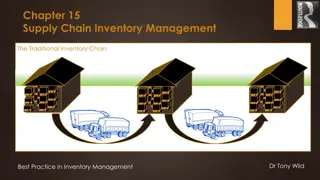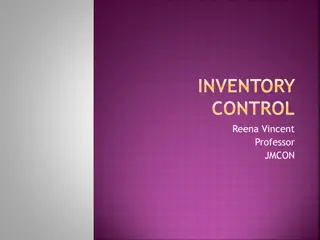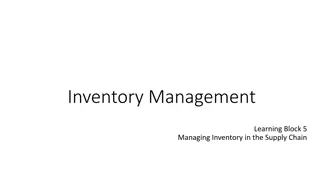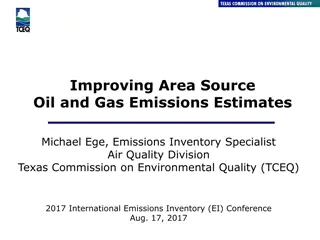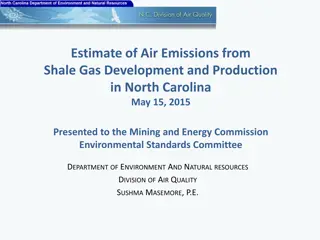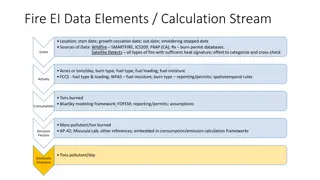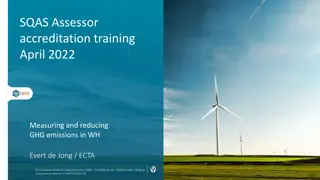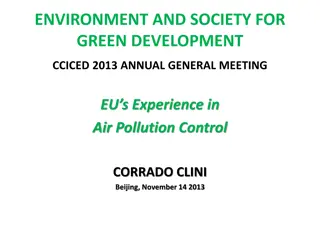Understanding Emissions Inventory for Air Quality Management
Emissions inventory plays a crucial role in monitoring air pollutant discharges and assessing air quality. This article discusses the purpose of emissions inventory, distinguishing between actual and permitted emissions, and provides guidelines for preparing and reporting minor source emissions inventory. Stakeholders are urged to maintain accurate records for the calendar year 2020 to calculate actual emissions effectively.
- Emissions Inventory
- Air Quality Management
- Actual vs Permitted Emissions
- Stakeholder Outreach
- Recordkeeping
Download Presentation

Please find below an Image/Link to download the presentation.
The content on the website is provided AS IS for your information and personal use only. It may not be sold, licensed, or shared on other websites without obtaining consent from the author. Download presentation by click this link. If you encounter any issues during the download, it is possible that the publisher has removed the file from their server.
E N D
Presentation Transcript
New Mexico Environment Department 2020 Minor Source Emissions Inventory Stakeholder Outreach Roslyn Higgin, Emissions Inventory Specialist September 30, 2019
AGENDA What is an Emissions Inventory? Actual vs. Permitted Emissions Purpose of an Emissions Inventory Preparing for the Minor Source Emissions Inventory Air Emissions Inventory Reporting (AEIR) Questions 2
What is an Emission Inventory? Emission Inventory is an accounting, by source, of the amount of air pollutants discharged into the atmosphere. Regulatory Authority for AQB to request an emissions inventory: Notice of Intent and Emissions Inventory Requirements 20.2.73 NMAC 3
What is the purpose of Emissions Inventory? The purpose of the inventory is to quantify pollutant emissions to assist in: modeling analyses human health risk assessment studies emissions trends developing control strategies assessing the effectiveness of air pollution policies 4
Actual vs. Permitted Emissions Actual Emissions are NOT Permitted or Allowable Emissions YOU MUST USE ACTUAL EMISSIONS FOR YOUR EMISSIONS INVENTORY Actual emissions are the emissions of a pollutant that are released from a source. Permitted emissions are the emissions calculated based an estimated production listed in your permit or application. 5
Recordkeeping 6 How to prepare for the Minor Source Emissions Inventory
2020 Minor Source EI Begin record keeping: January 1, 2020 through December 31, 2020 Emissions Inventory is DUE: April 1, 2021 7
Calendar Year 2020 - Keep Records Keep records of the following to calculate actual emissions: actual operating hours facility production fuel combusted material processed 8
Pollutants to be included Criteria pollutants required for reporting: Carbon Monoxide (CO) Sulfur Dioxide (SO2) Particulate Matter (PM2.5) less than 2.5 microns Particulate Matter (PM10) less than 10 microns Nitrogen Oxides (NOx) Lead (Pb) Greenhouse Gases required for reporting: Methane (CH4) Carbon Dioxide (CO2) Dinitrogen Oxide (N2O) Volatile Organic Compounds (VOC) Hazardous Air Pollutants (HAPS) 9
Accessing Air Emissions Inventory Reporting Web-based Tool (AEIR) 10
Air Emissions Inventory Reporting (AEIR) Overview NOIs only Add Equipment 12
Contact Roslyn Higgin Emissions Inventory Specialist Roslyn.Higgin@state.nm.us 505-476-4319 Our mission is to protect the inhabitants and natural beauty of New Mexico by preventing the deterioration of air quality. Rhonda Romero Minor Source Permitting Manager Rhonda.Romero@state.nm.us 505-476-4354 Sufi Mustafa Air Dispersion Modeling/Emissions Inventory Section Manager Sufi.Mustafa@state.nm.us 505-476-4318 Link: https://www.env.nm.gov/air-quality/ei-minor-sources/ 15
